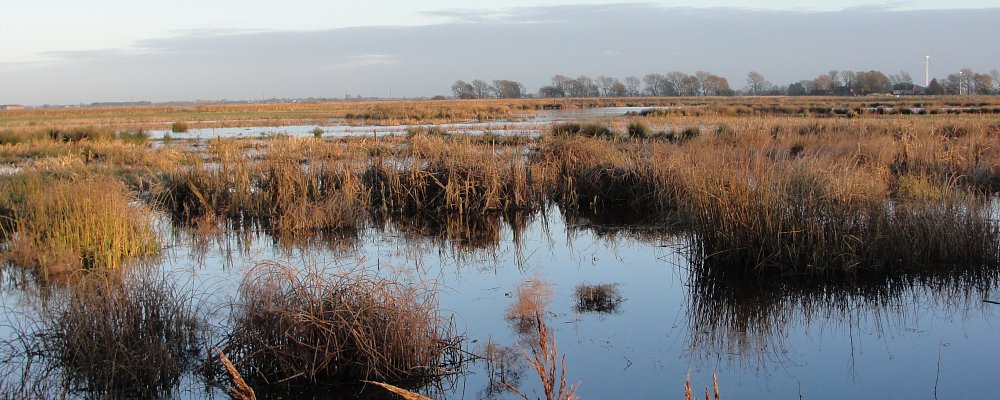Discovering the Roman heritage of Willow Tree Fen
Prior to the restoration and re-wetting of Willow Tree Fen there was an opportunity for archaeologists to investigate the site.
Over the weekend of 30th and 31st January, over 120 people answered the call for help and joined in with the survey of this fledging nature reserve.
Tom Lane from Archaeological Project Services reports on the Willow Tree Fen Archaeology Open Weekend which was supported by funding from Heritage Lottery Fund, Natural England, Lincolnshire Waterways Partnership and Environment Agency.
"How was it for you?", asked Marcus, Lincolnshire Wildlife Trust's Project Officer, the 'you' being the archaeologists on site at the Willow Tree Fen weekend.
For us (staff of Archaeological Project Services (APS), the commercial division of the Heritage Trust of Lincolnshire) it was a wonderful weekend. As most of us involved are normally office-based it was a rare opportunity to re-live our pasts as field archaeologists and a reminder of how interesting and exciting archaeology in the field can be - and of how cold it can be!!
People kept referring the weekend's activities as resembling Time Team and in a way it was, with the use of excavators, surveyors, fieldwalkers (at both detailed and reconnaissance level), metal detectorists, and, of course, geophysical survey (but no helicopter to go up and see from above). Moreover, the presence of a Burger van at HQ made for a civilised lunch break, resulting in all our archaeologists since requesting the same for their sites.
Aside from the above we had Andrew and Annelise Fielding doing their saltmaking experiments (which yielded salt) and Dinah Smith doing her augering to understand something of the contemporary environment. All in all, there was a bit of interest for everyone and a story emerged.
We were stunned at the numbers who turned up and their varied specialist sphere's of interest. Digging, as always, attracted a large number of bodies. Trenches revealed the ditches seen previously on the aerial photographs. Fieldwalking yielded two new Iron Age/Roman saltmaking sites and a selection of Roman domestic pottery.
Geophysics on one of the salt sites showed what appeared to be three sides of a ditch with an anomaly, probably a hearth, in the middle, a configuration commonly seen on saltern sites of the period. A trench through the saltern revealed only a large dense spread of briquetage, the ceramic debris from the process. No time was available to excavate that layer and see what lay beneath.
So, lots of archaeology was found and, overall, the weekend was extremely successful. Having finally thawed out and reviewed it we can say that we learned more of the archaeology of the area, we made new contacts and friends, taught a bit and learned a bit and enjoyed working in partnership with the Wildlife Trust. All in all, it was a result.
